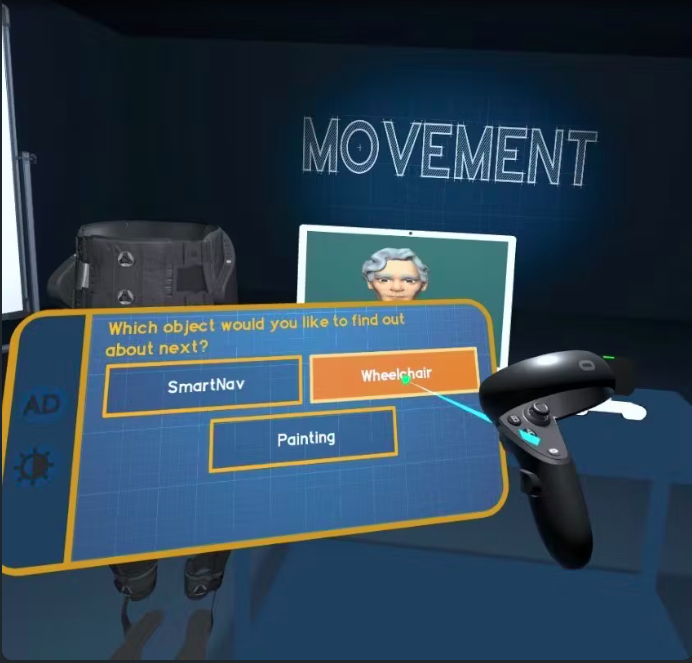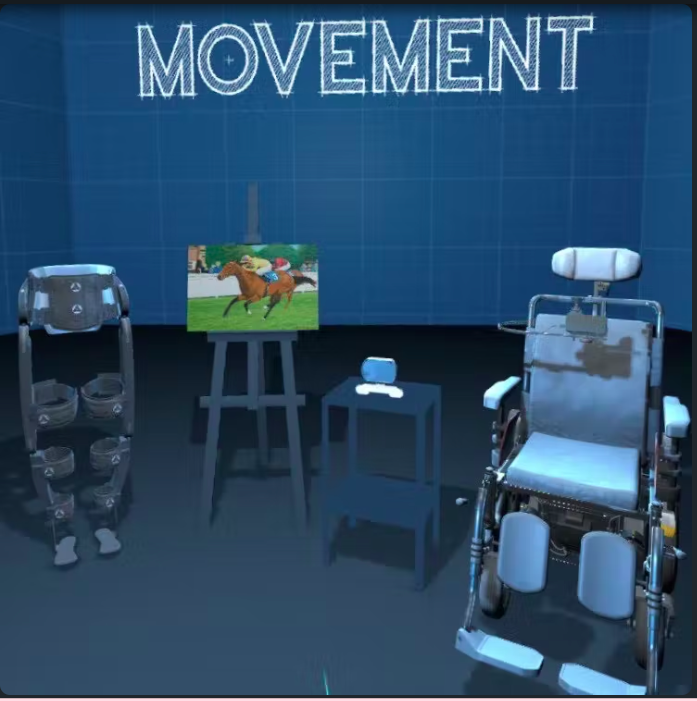By Jon Jaehnig of AR Post
A Day of Metaverse Fashion and Storytelling Insights From the VR/AR Association
The Immerse Global Summit Series takes on metaverse content and entertainment.
The VR/AR Association hosted an online event on June 29 dedicated to “Digital Fashion, Content, Immersive Entertainment, and Storytelling.” The event was part of the Immerse Global Summit series of talks covering XR and metaverse, as well as converging technologies like blockchain.
Event speakers discussed creating XR and 3D fashion items and assets, but also discussed new marketing and engagement opportunities enabled by ideas like NFTs and Decentralized Autonomous Organizations (DAOs). As ever, there was a lot to cover, and not every session will be discussed, but here are some of the highlights from the event.
Community, Community, Community
One of the earlier talks, “The Role of Community When Moving from Web2 to Web3”, presented by Forbes writer Nikita Cikaluk, laid out what would turn out to be a theme among many of the speakers: “there is no ‘Web3’ without ‘we’.”
“All of you who gathered here today to self-educate yourselves, to connect with people, we all contribute to this big general understanding of community in the Web3 space,” said Cikaluk. “One of the big topics that has always been on my mind, and I do believe this is a topic that connects all of these dots, is the Web3 community itself.”
The idea that emerging technology products are built by a community rather than built by a company and offered to a community is central to the idea of DAOs. These online communities through tokenized membership work kind of like a credit union or cooperative market that is guided by the votes of its members.
“In terms of the future, we’re going to see a lot more collaboration and co-creation,” Fashion DAO founder Nico Fara said in her talk “Fashion is Moving into the Metaverse: Creator and Brand Opportunities”. “Community does not mean likes and follows in Web3.”
This trend can help companies produce content that will perform well by tapping their audience. It also allows artists to rely on their own works to form communities rather than relying on the communities of big producing groups. This was the focus of “Web3 and Entertainment” presented by Lauren Wert and Amanda Whitcroft of Panda PR.
“We’re not focused so much on a following as on a community,” said Whitcroft. “We’re going back to the creative.”
“When you try to guarantee numbers, you’re going to lose innovation, and that’s what’s so exciting to me about this space,” said Wert.
Inclusivity and Accessibility
Fara’s predictions of the future of the metaverse also brought in the key trend of inclusivity. In XR, topics like inclusivity and accessibility mean two things: people need to be able to get their hands on an experience, and people need to feel represented and heard in those experiences. Different talks touched on both of these angles.
Technological accessibility has been a problem in XR because, as an emerging technology, it can often be difficult and costly to find specialists capable of creating an experience. Further, many people don’t have access to dedicated hardware or software necessary for creating and running some experiences. XR through platforms like Snapchat and Facebook change that.
“It gives smaller companies a chance to try out the tech,” VNTANA CEO and co-founder Ashley Crowder said in her talk “The Future of Digital Fashion: How 3D Is Impacting E-Commerce, NFTs, and the Metaverse.” “You don’t need to custom-build an app, you can leverage a platform that already has this technology.”
Both technological and personal inclusion are the business of RevereXR, an organization that increases access to XR hardware and experiences for education, but that also practices “XR preservation through immersive storytelling.” Founder Yolanda Barton gave an impassioned talk titled “The Future of Inclusive Immersive Storytelling.”
“We can preserve our music, our stories, into the future forever. … We can introduce future generations to this music history,” said Barton. “Together, we are pushing the boundaries and together we can overcome those boundaries.”
“Phygital” Experiences
Barton wasn’t the only one to talk about the value of XR. While entertainment and storytelling are pretty abstract ideas, most of us are used to fashion being an inherently physical concept. But, that is changing.
“We’re not just talking about bringing the 3D model into your home, we’re talking about bringing you into the experience,” Spatial Digital Social Inc CEO Aditya Mani said in his talk “Phygital Fashion in the Metaverse.” “Even though it’s just pixels on the human body, those pixels can be very meaningful.”
In the panel discussion “Retail, Fashion, & Marketing of the Future,” Metavisionaries co-founder and Creative Director Ayesha Ali spoke about the misconception that “everything in the metaverse happens purely digitally.” Even for those who do think purely digitally about the metaverse, Crowder has some news for you about the importance of fashion.
Retail, Fashion, and Marketing of the Future panel
“Brands can start selling digital assets within the metaverse to dress avatars,” Crowder said during her talk. “This is where kids are meeting up today. They’re not meeting up at the mall, they’re meeting up in Roblox and that’s where they want to look cool.”
Faro had similarly called the virtual revolution “almost inevitable” and attributed it to a “generational shift.” But, the shift isn’t taking an entire generation to impact the industry.
“The conversations about ‘what is XR?’ and ‘what is the metaverse?’ are starting to fall by the wayside. People know what it is and they want it,” MetaVRse co-founder Alan Smithson said in the panel discussion. “I would say around January there was this fundamental shift from us going out and trying to sell this.”
Where to Go for More on the Metaverse
See Also: VR/AR Association Holds Second Summit Dedicated to the Metaverse
Closing remarks did mention more metaverse insights to come at the Global Summit events coming to Portugal in September and Miami in December. Both events will be in-person, with tickets available now here







